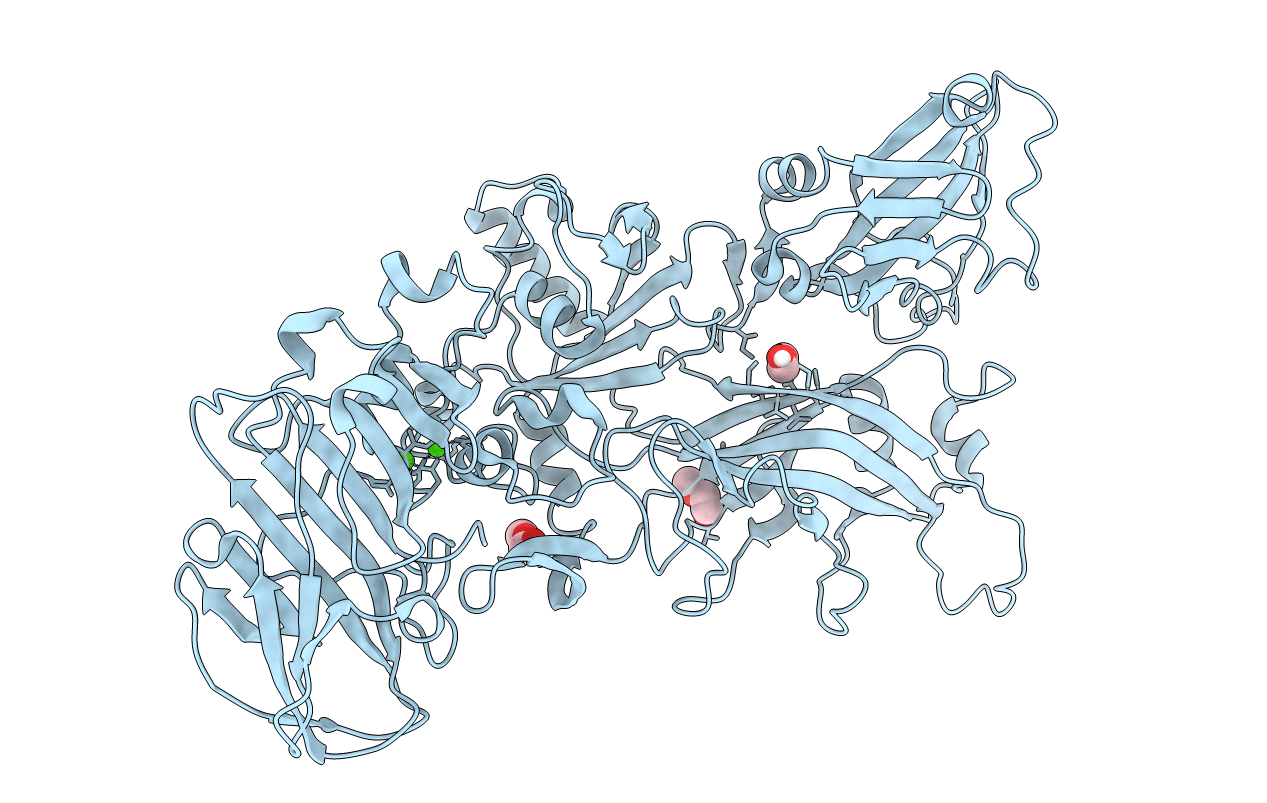
Deposition Date
2011-08-15
Release Date
2011-10-26
Last Version Date
2023-09-13
Entry Detail
PDB ID:
3TEW
Keywords:
Title:
Crystal Structure of Anthrax Protective Antigen (Membrane Insertion Loop Deleted) to 1.45-A resolution
Biological Source:
Source Organism:
Bacillus anthracis (Taxon ID: 1392)
Host Organism:
Method Details:
Experimental Method:
Resolution:
1.45 Å
R-Value Free:
0.21
R-Value Work:
0.19
R-Value Observed:
0.19
Space Group:
P 21 21 21


